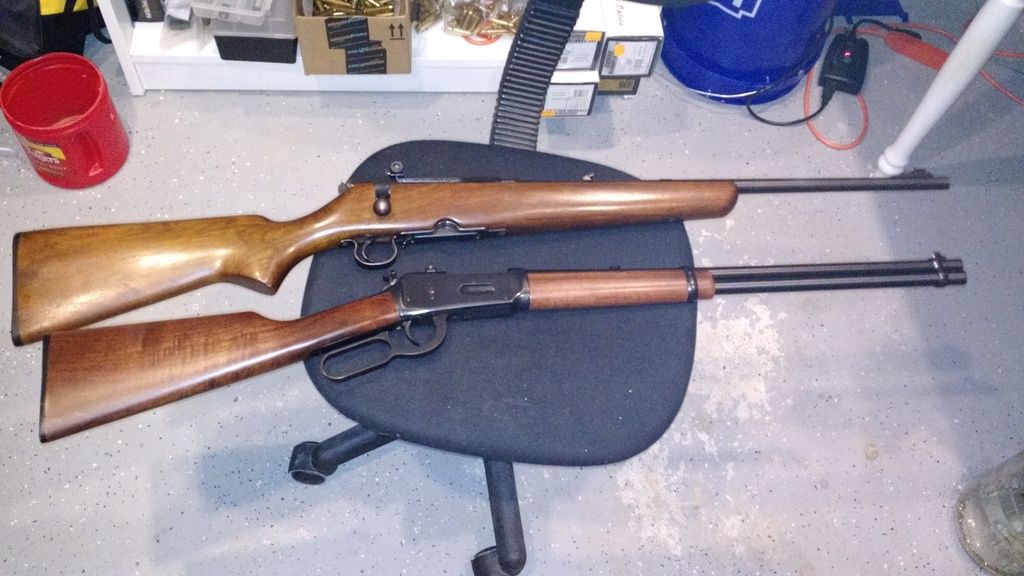I've loaded the 30-30 for over 40 years. Its a great cartridge for almost everything from varmints to medium size game.
If you have a single shot rifle, the choice of bullets expands to almost anything that is .30 caliber. My lightest bullet in a 30-30 is an 87 grain FMJ that I pulled from some bad 7.62x25 pistol cartridges. Sierra 110 grain hollow points make a great varmint load. Again.
ONLY in a single shot rifle.
For a lever action or any other tubular feed magazine use only round nose, flat nose, or the newer spire points with the soft nose designed for tubular magazines. With regular spire points not designed for tubular magazines,
you run the risk of setting off a cartridge while it is still in the magazine.
I have found as long as you start at the
minimum load and very slowly work up, the bullet manufacturer does not matter. If a Speer bullet of 170 grains is used with the
minimum charge in the Nosler or Hornady manual for the same weight bullet you should not run into trouble. Again, make sure the bullet shape is okay for tubular magazines if you have one in your gun.
As a final caution, verify that the ogive of the bullet does not touch the leads of the rifling in your barrel. You can verify this by chambering a cartridge and then ejecting it. If the bullet has any rifling marks on it, you need to shorter the OAL a few thousandths of an inch.
As a previous poster said, I've always found that loads at medium or less powder charges give the best accuracy in all of my 30-30 rifles.
Welcome to the world of reloading. You may find like many of us that the fun of reloading is almost as rewarding as the actual shooting of your cartridge.

